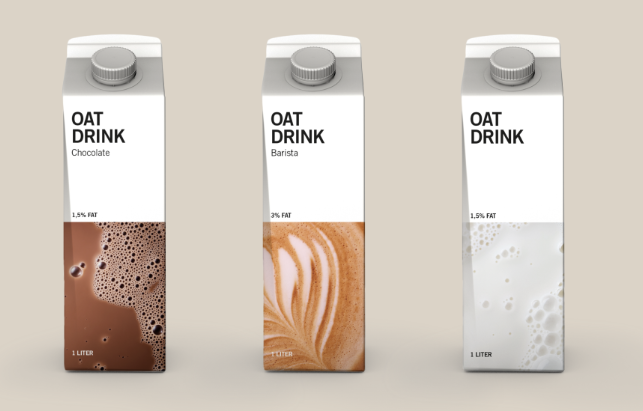When you think of IKEA, you might picture stylish furniture or unique home decor. But have you ever considered the importance of their packaging design? IKEA’s packaging is more than just a way to transport products; it plays a crucial role in sustainability, customer experience, and brand identity. In this blog post, we will explore the innovative and eco-friendly aspects of IKEA’s packaging design.
Understanding IKEA’s Packaging Philosophy
IKEA’s philosophy centers around functionality, efficiency, and sustainability. Each product comes in flat-pack boxes, minimizing space during transport, which reduces emissions and lowers shipping costs. This design not only makes transportation easier but also empowers customers to handle the items themselves. You can slide a flat box into your car, making the shopping experience more convenient and allowing for easier assembly at home. Hence, the focus on efficient packaging reflects IKEA’s commitment to making home furnishings accessible to everyone.
Sustainable Materials and Practices
One of the standout features of IKEA’s packaging design is its commitment to sustainability. The company has pledged to use only renewable or recycled materials in its packaging by 2025. This means that many of the boxes you see in the store come from recycled paper or cardboard, which greatly reduces waste and the need for new raw materials. By employing eco-friendly adhesives and inks, IKEA not only ensures that its packaging is sustainable but also safe for the environment. This dedication aligns with the growing consumer demand for eco-conscious products, making it easier for shoppers to feel good about their purchases.
User-Friendly Design and Assembly Instructions
IKEA is renowned for its clear, concise assembly instructions, which are often illustrated with easy-to-follow visuals. The packaging design plays a crucial role here, as it includes all necessary parts and tools—neatly organized and labeled. This user-centric approach helps to alleviate the frustration that can sometimes accompany furniture assembly. Additionally, the clever use of symbols and diagrams bridges language barriers, making the instructions accessible to a global audience. By focusing on user experience, IKEA fosters customer satisfaction and brand loyalty.
Conclusion
IKEA’s packaging design is a perfect blend of sustainability, functionality, and user-friendliness. By prioritizing eco-conscious materials and clear assembly instructions, IKEA not only enhances the customer experience but also commits to environmental responsibility. If you’re intrigued by IKEA’s innovative approach to packaging, consider exploring more about how the company is leading the way in sustainable design practices. Whether you’re a fan of DIY or simply appreciate thoughtful design, there’s always something new to learn.

